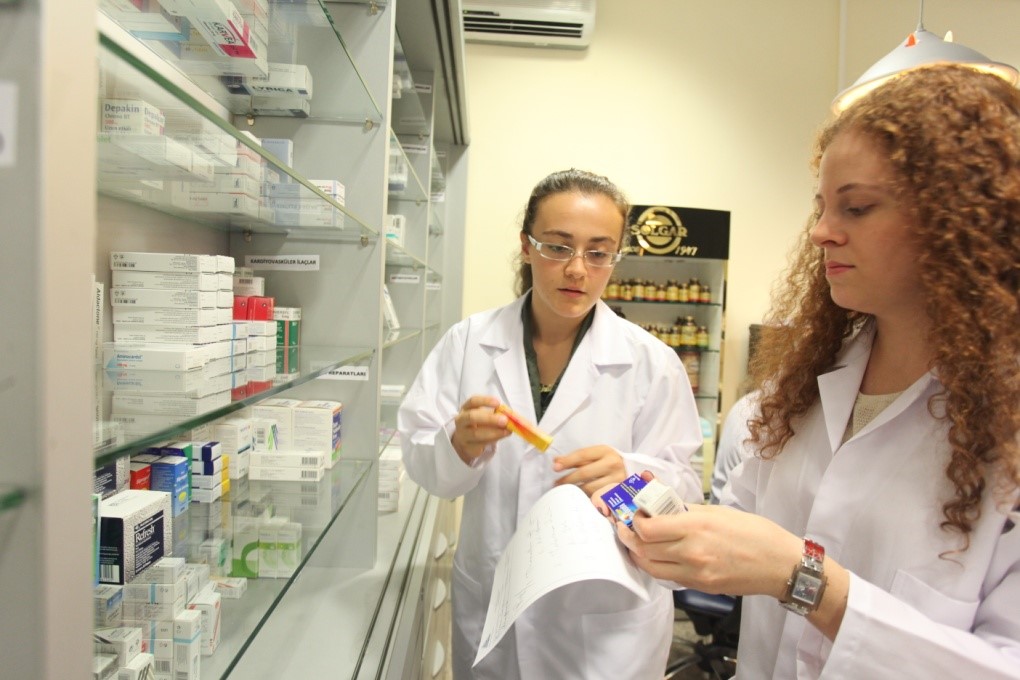
What is Physical Treatment?
The American Physical Therapy Association specifies physical treatment as "... a health occupation whose primary purpose is the promotion of ideal human health and function through the application of scientific concepts to avoid, determine, evaluate, correct, or alleviate intense or extended movement dysfunction".
Physical Therapy is a profession whose main function is the remediation, maintenance, and promo of optimum health, function, and quality of life for people of all ages. The science of physical treatment includes the application of therapeutic modalities, strategies, and interventions that assist restore a person to their optimum physical capacity. The art of physical therapy is helping individuals assist themselves.
In laws and policies defining practice, physical treatment is frequently defined as the care and services provided by a physiotherapist or a physiotherapist assistant under the direction and supervision of a physiotherapist, and include:
Reducing impairment and practical restriction by designing, executing, and modifying therapeutic interventions;
Avoiding injury, disability, functional constraint and impairment; and Participating in consultation, education, and research study.
More info about the profession of physical treatment might be obtained by checking out the American Physical Treatment Association's website at www.apta.org
Who are Physical Therapist Assistants?
Physiotherapist Assistants, or PTA's, are competent health care suppliers who deal with and under the direction and supervision of a physiotherapist to offer physical therapy services. In order for a specific to practice as a PTA, they should graduate from a recognized PTA program and successfully pass a licensing/certification exam.
PTA's play an important role in providing physical treatment services for people with various specials needs. When a patient seeks or is referred for physical treatment services, the physical therapist carries out a preliminary evaluation and lays out a strategy of care. The PTA can then carry out all or part of the treatment strategy as instructed by the physical therapist.
The American Physical Treatment Association recognizes the PTA as the only person who helps the physical therapist in the shipment of chosen physical therapy interventions.
What does a Physical Therapist Assistant do?
The physiotherapist assistant (PTA) performs physical therapy interventions and associated tasks under the instructions and guidance of a physical therapist. Such tasks may consist of training clients in therapeutic workout and activities of everyday living, utilizing physical representatives such as cold, heat, electricity, or water for discomfort relief and healing, advising individuals in the use of assistive gadgets for walking, taking part in wound care, promoting wellness and injury avoidance, providing client and family education, training clients in wheelchair activities, assisting the physical therapist in carrying out patient evaluations and complex interventions, and far more.
The PTA also monitors the client's response to treatment, carries out various tests and procedures, documents pertinent aspects of patient care, and preserves ongoing interaction with the supervising physiotherapist, as well as other healthcare experts.
What is the distinction between a PT and a PTA?
The physiotherapist (PT) and the physiotherapist assistant (PTA) differ in academic preparation and levels of responsibilities as it connects to the arrangement of physical therapy services.
Today, the frustrating majority of PT schools inform physical therapists at the Doctorate level, although lots of practicing therapists were educated when programs required just a Master's or Bachelor's degree. The PTA is educated at the Partner's degree level, which generally corresponds to two years of college.
The PTA has a working understanding of the theory behind treatment interventions, knows pathological conditions being dealt with, and understands how to Continue reading use modalities and methods used to treat those conditions.
The PT has substantial education in evaluative skills, research study, and administration, in addition to innovative coursework in human anatomy, neuroanatomy, orthopedics, pathology, and restorative strategies. Both the PT and the PTA should finish from certified programs and pass a licensing assessment in order to practice in their respective functions.
Consumers/patients may look for the services of the physical therapist straight, or, the patient might be described a physical therapist by a doctor. The PT performs the preliminary examination and examination of the patient. The assessment will result in a physical therapy medical diagnosis, and as suitable, the PT will develop goals or results to be accomplished by a physical therapy strategy of care and treatment plan.
The PTA can not carry out the initial evaluation or evaluation; however, the PTA might assist the PT in gathering information. Following the evaluation of the client, the PTA may carry out picked interventions and data collection as directed by the monitoring PT. The PTA must constantly work under the direction and supervision of a physiotherapist. The collaborative relationship in between the PT/PTA is highly efficient and valued, and the group greatly adds to the success of the overall rehabilitation procedure.